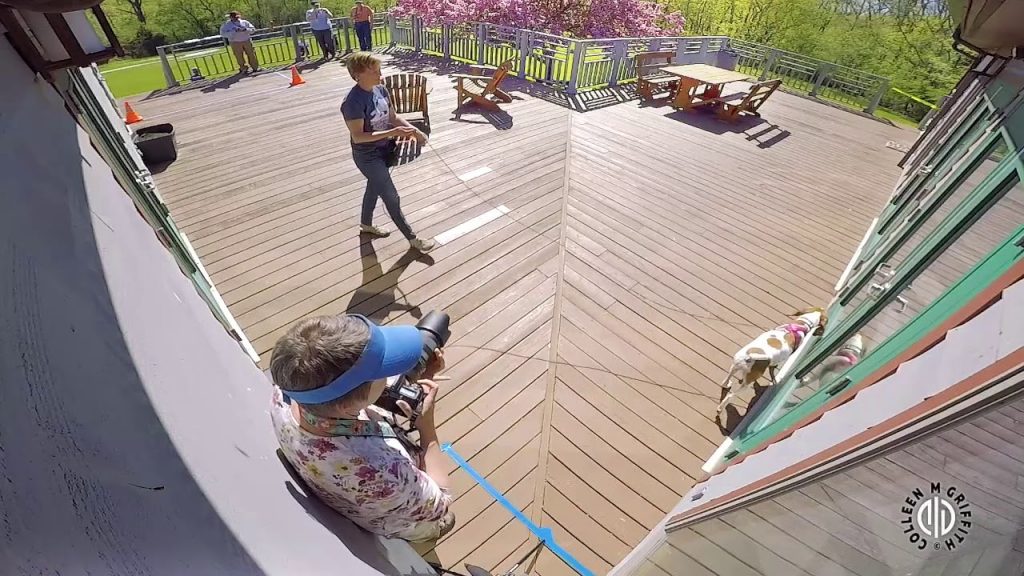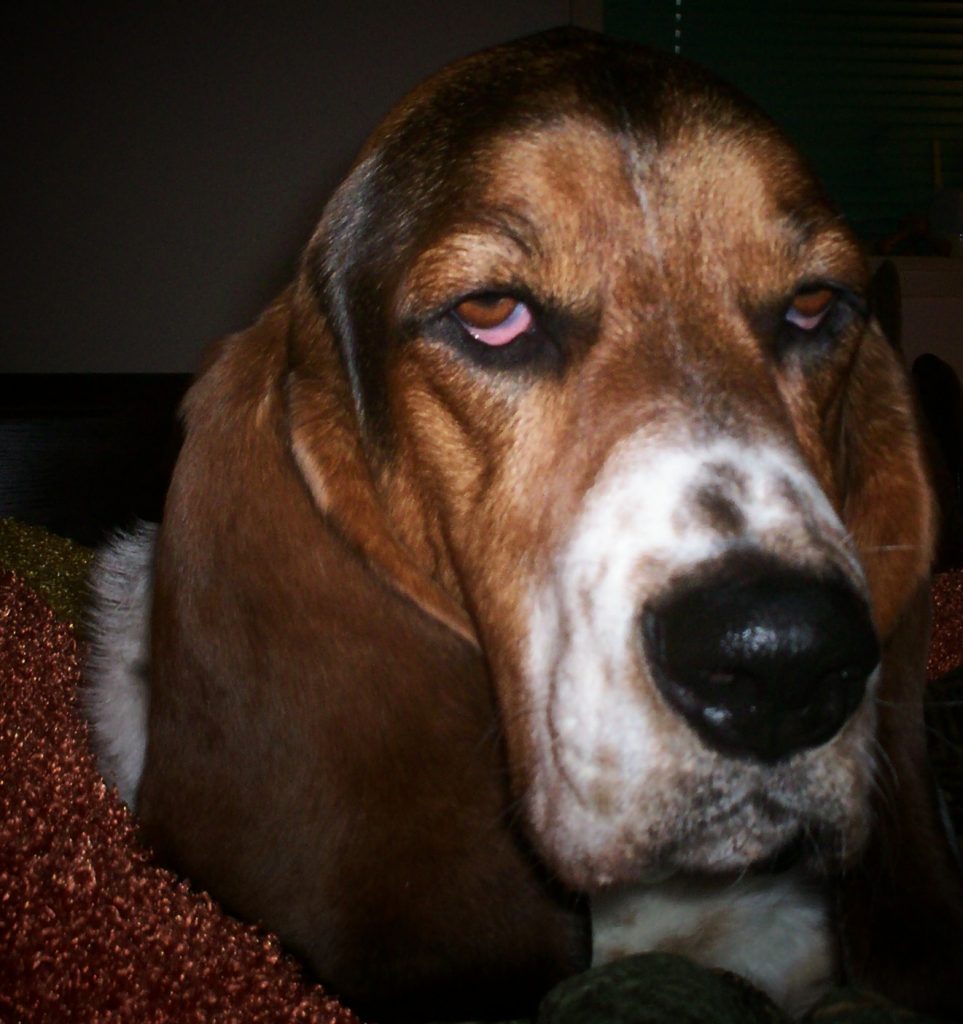Understanding your dog’s behavior and the environment
Contents
Dog behavior and environment are linked in a variety of ways. Every animal living on this planet, as well as humans, has adapted to a distinct environment that has transformed its way of life. But that’s just only a small part of a bigger problem. This is where things get serious and more complicated as you start to understand how great are the pressures your dog is experiencing from the environment.
Important factors to help understand dog behavior and environment.
- The dog’s natural behavior temperaments.
- Socialization level.
- The dog’s relationship with humans
- The dog’s surroundings.
Outside factors influencing a dog’s behavior
When we talk about the environment in relation to dog training, we are addressing the different distractions our dog experience.
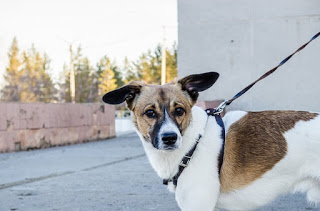 Dogs face different degrees of distractions every day and they are determined by the level and intensity at how they will react differently.
Dogs face different degrees of distractions every day and they are determined by the level and intensity at how they will react differently.
For example, a dog won’t give the same reaction if a van hits the horn 60 meters away from him as he would if it happened while passing right beside him. In this situation, the stimulus is the same (the van hitting the horn) but the intensity of the volume and the distance are different.
Most of the time the environment will always be different. And this is the critical factor why so many times we are not able to figure out why our dog behaves the way he does in some situations.
Dogs see the world in different ways from us and they will adapt their behavior based on even the very slightest change in their common surroundings.
If your dog is playing with your kids and their friends in your garden, that doesn’t mean your dog will behave the same way toward other kids if you bring him on the other side of the fence. Try to test your dog. Place some objects that are different in size, shape, and color from the surrounding environment, in the center of your room or in your backyard. Make it easily noticeable to your dog and observe your dog’s reaction.
Hardly will your dog get near the object immediately, quite often you will see aggressive dog behavior patterns that are a combination between defense and evasion, often the dog will likely attack the object or disconnect and act terrified, completely staying away from the object for several days or longer.
The reaction in such cases can change based on the dog’s inherited characteristics and temperaments and the degree of socialization and relationship, among others.
It is necessary when we mention dog behavior and environment, to refer to dog behavior patterns in unusual environments. Remember, you might realize that your dog has seen numerous vehicles in his life and that there was no point in misbehaving in some situations, but on the contrary, you may be in a place in which your dog is new to the environment.
There are hundreds and hundreds of different scenarios that may possibly happen. Regrettably, as a result of too little understanding and familiarity, many dog owners and dog trainers would use different fixes to their dogs in the situation stated earlier with the van’s horn, classifying the dog’s action as bad or disobedient.
The thing is that dogs will never conduct themselves or react without a reason. Therefore, rather than misjudging aim to determine what really happened.
How to manage these kinds of scenarios with these dog behaviors and environments?
Prevention is the most proper thing to do with your dog. Many dog owners are expecting the last moment when the problem is obvious or that their dog responds dangerously before addressing dog behavior and environment. To be able to prevent it, you must;
- If you can acquire a puppy from a trusted dog breeder or owner who is concerned about the behavior level of breeding dogs.
- Start puppy socialization period. Most dog owners delay this procedure when dogs are 9-10 months or older, generally, this is too late as the normal puppy socialization period must be finished in the first 16 weeks approximately. Puppy socialization is a complicated and properly organized process for which you have an only a short time to complete.
Keep in mind, puppy schools and puppy tutorial classes are most of the time, a waste of your time and money. There is absolutely no way for a dog to learn in a formal set-up, how your dog can learn from a single environment and condition.
- Establishing a relationship plays the main part in training you and your dog. With this approach, you become familiar with your dog and he will discover more about you. There are strategies described in this part of the website that explain how to communicate with your dog when experiencing a new environment as a way to help him lower the pressure and handle the situation better.
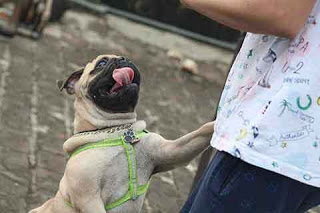 In case you do all of the basic steps above and you applied all of them by the book that doesn’t mean that you and your dog won’t encounter issues at some point in the process.
In case you do all of the basic steps above and you applied all of them by the book that doesn’t mean that you and your dog won’t encounter issues at some point in the process.
Every dog anywhere runs into issues where their behavior is troubled by the environment even dogs who have won in competitions. The reason for this is because dogs reside in a human’s world and this is an unnatural place for them.
When problems arise, you can help your dog by finding the triggers that set off the dog behavior chain then modify and counter-condition them so that your dog can learn how to act in response the next time when confronted with the same situation.
Inherited dog behavior and environmental factors
Inherited behaviors of dogs play vital roles in knowing how a dog changes in response to the stress produced by the environment.
There are a variety of terminologies used by different dog experts (Dog trainers, Dog behaviorists, Animal scientists, Ethologists, Behavioral ecologists, Animal psychologists, etc..) all of them have pretty much given different expressions, but usually, they all describing the same thing.
Remember that throughout this webpage I may use many terms that you might be no stranger to, that is to be able to keep it straightforward and to keep the presentation more comprehensible and easy to read.
Among the genetically passed down behavior groups would be dogs with frightened-based behaviors, there are variations in their behavior that can range from nervous and timid dogs to fearful biters, and they are generally regarded as weak-nerved dogs.
Weak-nerved dogs have difficulties coping with daily environmental pressures, in the worst cases they have difficulties addressing excitement as well, usually dogs with this type of character either urinate or behave moderately aggressive when excited.
The best solution when dealing with these types of dogs is; proper Puppy Socialization, (normally, these dogs interact well to obedience activities), Building a relationship is important as this assist your dog when learning from new environments, not to mention you will need to start desensitizing and counter-conditioning as there will be various occasions in which your dog requires your help.
On the other side, there are solid nerve dogs. Solid nerve dogs display normal behavioral patterns that most beginner dog owners or dog trainers simply label wrongly as defiance or dominance, etc.
Solid nerve dogs exhibit boldness; they react little or even none at all in any environmental pressures. They are curious, much easier to distract, they love to explore and they get fed up easily. Usually, new dog owners may find issues handling dogs with these unreserved and demanding dog dispositions.
Dog socialization is a form of dog behavior patterns that concerns his social abilities and relationship to the surrounding environment.
This would be the formula of dog socialization. As I have mentioned in the Puppy Socialization part of the website, this is a procedure that has an expiration date. Regardless of what your dog learns by means of social interactions and different kinds of environmental encouragement and stressors within the first 16 weeks of his life will shape his behavior patterns when he matures. Everything that we try to do after that period is literally impossible to create and can only be changed or adapted. To put it simply, the box is now sealed.
How come? A dog’s intelligence starts to develop from that period and it is over 80% completed within the first 16 weeks of his life. That information is scientifically confirmed that a puppy brought up in a restricted environment will have a smaller brain compared to a puppy that had a rich environment to gain knowledge from. The former puppy’s brain will develop lesser nerve connections.
This is obviously one good reason why some dogs are likely to act foolishly in some situations. The environment is overwhelming since in this case, the dog doesn’t have the complete brain skills to deal with it. Just like, if you take a farm dog to an urban area you will observe a nervous animal that will keep crumbling at any given stimulus from that environment.
Can we deal with this? That starts with the dog, the degree of interactions, and many other factors. Basically, we can’t do much (except figuring out how to handle the issue) since the dog can’t utilize the nerve connections needed by his brain to accept specific new conditions.
This is exactly why I repeat regularly; don’t throw away your precious time on poorly organized Puppy Socialization lessons. Not a single thing in the workshop room can be trained to match real-world circumstances and environmental situations. Puppy Socialization lessons, if properly planned, can be integrated as an element of a puppy’s socialization program, but it may not be the only aspect of the plan. To discover more about how to design a complete socialization plan that’s suitable for your puppy, see the Puppy Socialization page. How positive or negative your dog will respond and behave in the environment where he will settle or visit, will vary mainly on everything that he will assimilate in the first 16 weeks of his life.
The connection between a dog and its owner or other people
Every dog owner must know how he truly knows his dog. Most of the time we talk about stories of how human our dogs are by describing some behaviors that we see in their everyday business, or we find reasons for why our dogs suddenly changed their behavior.
So many times, I’ve listened to dog owners justifying such things as their dog snarling at some people saying he is just an old and bad-tempered dog, or finding excuses for a dogfight or if a dog bites a person or other dogs in the surroundings.
Perhaps the important steps in every dog and owner’s life together, regardless if we are talking about service dogs, therapy dogs, hunting dogs, emotional support dogs, family pets, and others, should be building a good relationship.
A successful relationship centers on security, confidence, and teamwork. Regardless of how good a police dog can be trained, if the bond with his trainer is poor, a dog’s behavior will be poor as well.
You can find a section of the website labeled creating a relationship where you can learn more information about the ways that can enrich your communication with your dog.
This is a crucial part of and the basis for everything. It is impossible to successfully train your dog without a solid relationship, nor to help your dog overcoming different environmental pressures without the right team foundation. It is important to aid your dog, try to spend some time with your dog to familiarize him with the environment he has a problem dealing with.
Dogs will not likely participate in a play session as long as the situation is extremely overwhelming or potentially risky. By trying to play with him, this is offering a clear message to your dog that there is absolutely nothing to worry about since you are at ease and initiating play.
Communication and interaction with your dog is the right method to construct a relationship and trust. If you are participating in a local obedience class or working on any other type of dog training to help your dog behave to you, you’ve got the whole idea on the backside.
No level of rewards or scolding will make your dog dependably warm and friendly to you if there isn’t at first a healthy connection between you and your dog.
The same thing can be said of other people, friends, etc. Most of us know that a dog with low social skills will either keep away or become hostile towards unfamiliar people. If this situation is not corrected early, for example, if we introduce people like every one of them greets the dog with enthusiasm or giving him treats, we are either instilling to our dog that every person that he encounters may likely have something for him or, to get excited and to run to say hi to all the people inside.
What is wrong with this situation? Not everyone has dog treats, and not everyone likes to be with a dog. This is an incorrect display of the world to our dog which may give rise to an unwanted, confusing or even serious situation for both people and dogs. Not to forget that a thrilled dog is a hundred times much harder to get control of.
The proper way to introduce people is to make them a part of the environment and everyday routine. Level your dog’s response and your dog’s degree of pleasure when presenting new people. You can learn more about this topic in the Puppy Socialization page of this website.
In case you have a dog that reacts angrily to unfamiliar persons, no matter his age (whether the socialization phase is completed or not) you must help your dog learn handling situations like this in his everyday life. Properly modifying his temperaments and counter conditioning is the most effective strategies out there to help you manage these concerns.
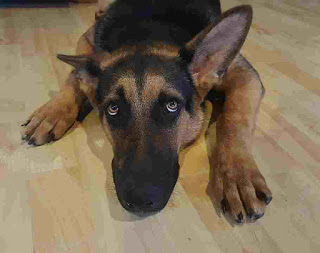
Where the dog lives can affect his behavior
This is the single most effective way and combined with the above-mentioned points You will come back to the beginning of all the things that make most of our dog’s behaviors.
The environment may spark and strengthen our dog’s natural drives (prey drive), but it surely may be the solution and reason for some territorial tendencies or aggression/frightened reactions as well.
Having a hunting dog that living near a homestead or woods (with lots of creatures around) may reinforce your dog’s hunting interests. However, an enclosed backyard with bustling traffic activities on the other side may pressure your guardian dog to exhibit defensive behaviors or the so-called dog fence aggression effect.
Just like anything in our dog’s life, the essential period of Puppy Socialization has the greatest role, how we present the environment or rather not acquaint him, is how our dog will come up with a behavior response for it. Take, for instance, even guardian dogs can live quietly in a fenced backyard with many different outside influences on the other side of the fence if this type of setting is introduced correctly. On the contrary, if we introduce a guardian dog to a backyard and don’t take appropriate measures about showing the environment, our dog will produce his own behavior response which with regard to guardian dogs will likely be showing his genetically passed down behavior, which is to protect his territory.
Another contributor that can change a dog’s behavior to the environment around him is the threat avoidance behavior that is controlled by instinct and fear. There are many behavior patterns that are the signs of terrified instincts. What causes your dog’s fear level? The answer rests on the breed, the dog’s level of socialization, environmental stressors, and the like.
There are numerous techniques that you can use to deal with this problem and they differ from creating a relationship that is the basis for an appropriate interaction and life with your dog. For example, Puppy Socialization which is a must thing to do for any dog owner who has a young puppy, some tutorial techniques to make your dog less sensitive, and counter-conditioning methods to help you eliminate some difficulties in your everyday dog’s life situations.
Since our dog is feeling fear and how fear condition our dog’s daily life is definitely a significant and fairly big topic (instinct can produce many different dog responses), there is a page on the website that explains dog behavior problems titled Fearful Dogs, in which you can find useful details that may help you identify different dog behavior groups to be able to help you focus on the issues that you may have with your dog.
Understanding your dog’s behavior and his surroundings can help your dog become more at ease and more productive in everyday life. Learning the basics will make your life trouble-free, and your dog training endeavors more effective.

